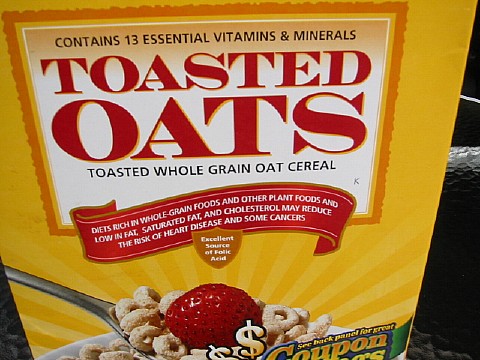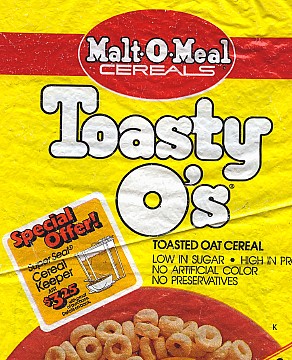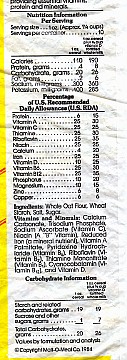| Questions about fiber the video did not answer:
Why it's good for us to eat foods
with insoluble fiber? You can think of Insoluble
fibers as being good for Intestinal health. As the
text on pg. 110 mentions insoluble fibers increase fecal weight and
speed fecal passage through the colon. Therefore insoluble fibers
can alleviate constipation amongst other things. Also insoluble
fibers provide bulk and a feeling of fullness which may help with weight
management. As always, the best way to get fibers is going to be from whole foods where they come packaged with other vitamins, minerals, and phytochemicals. For example fruits, vegetables, beans, and whole grains like oats, barley, rice and wheat. |
 |







